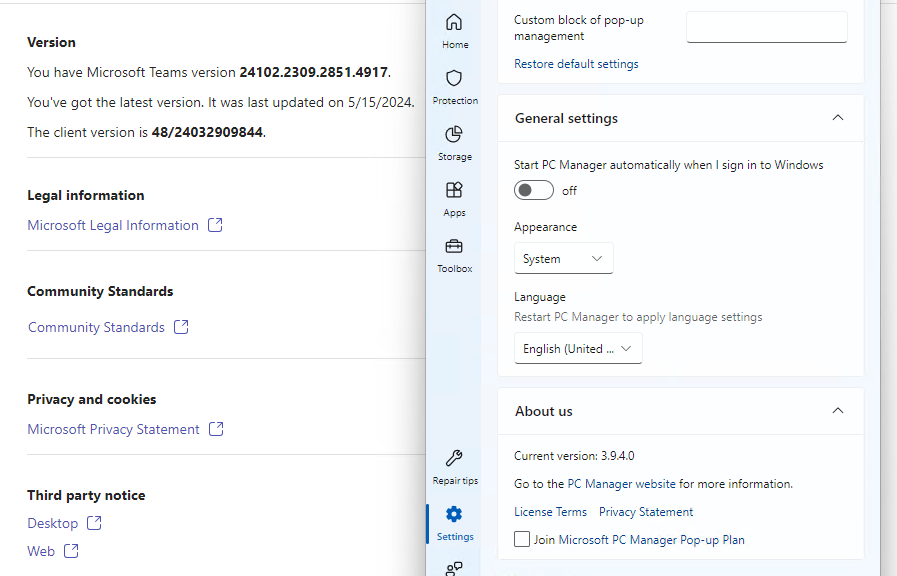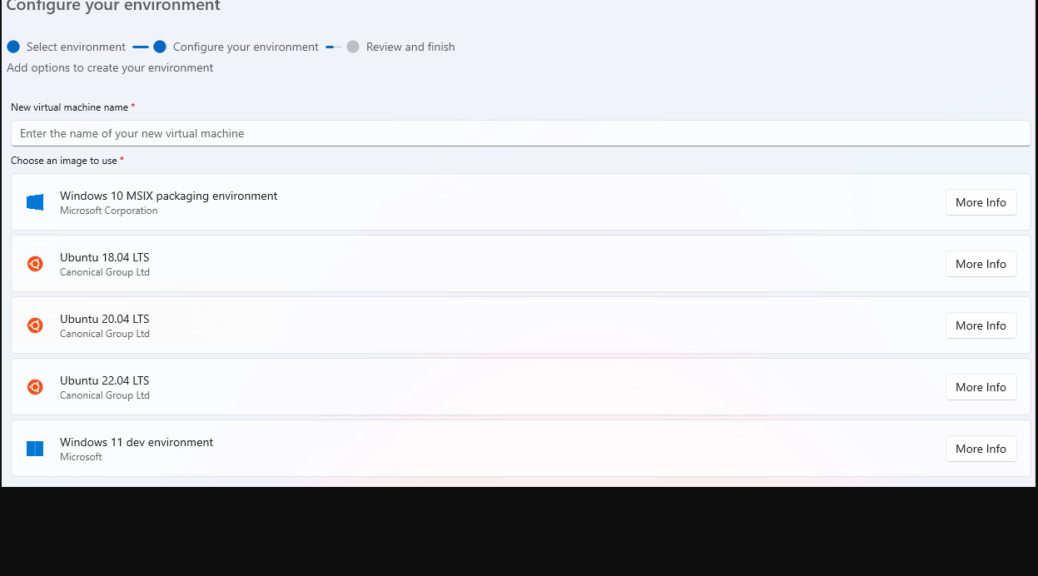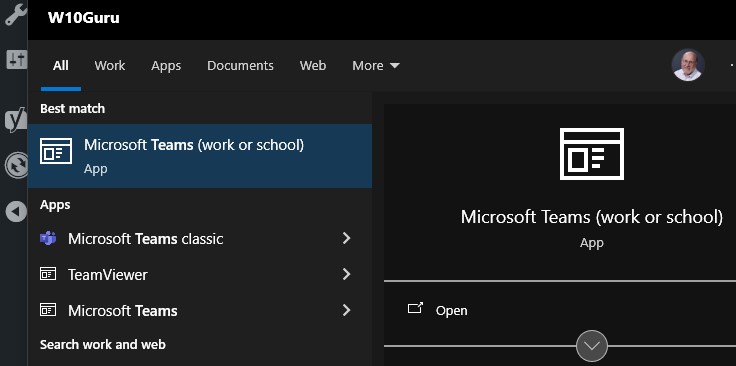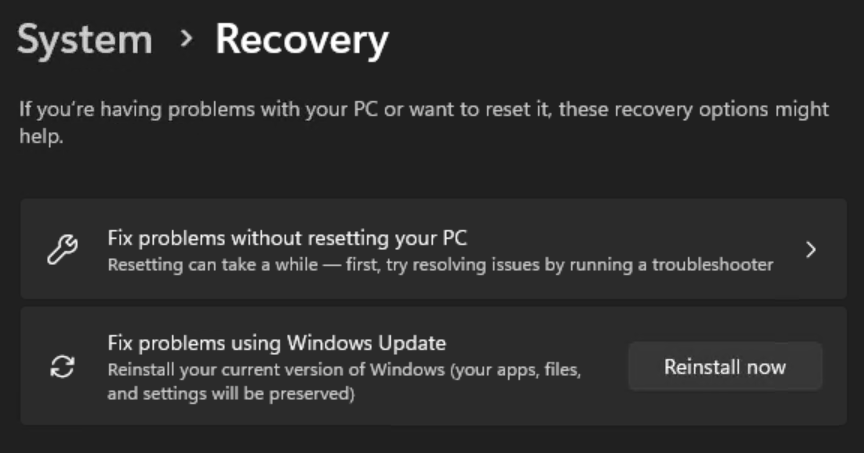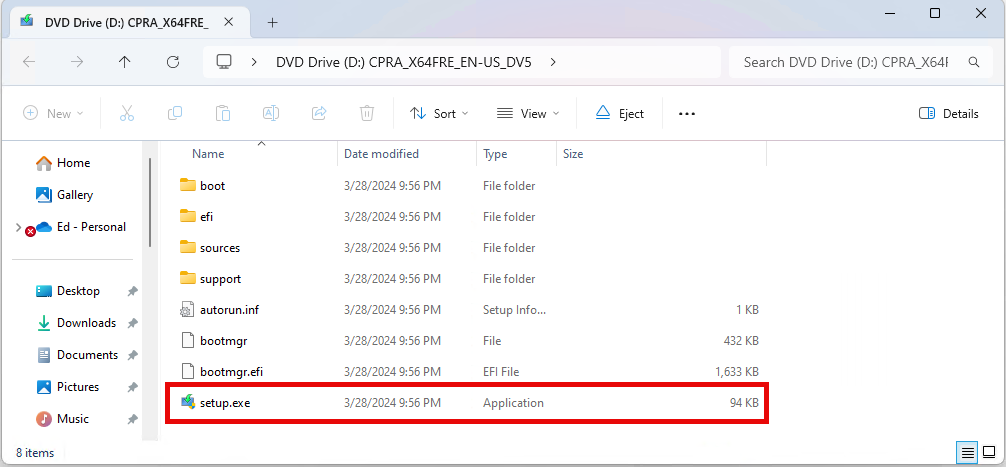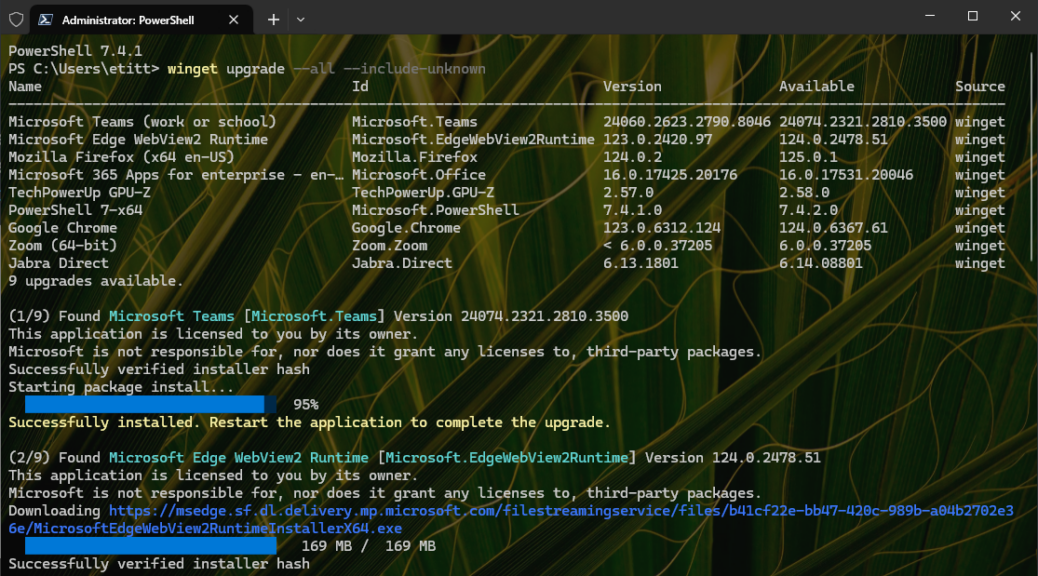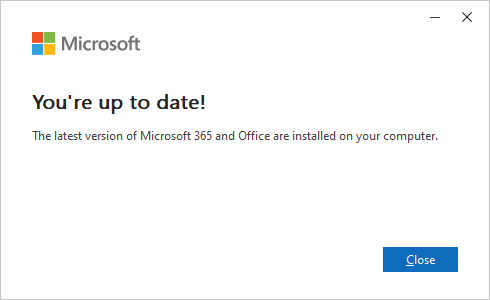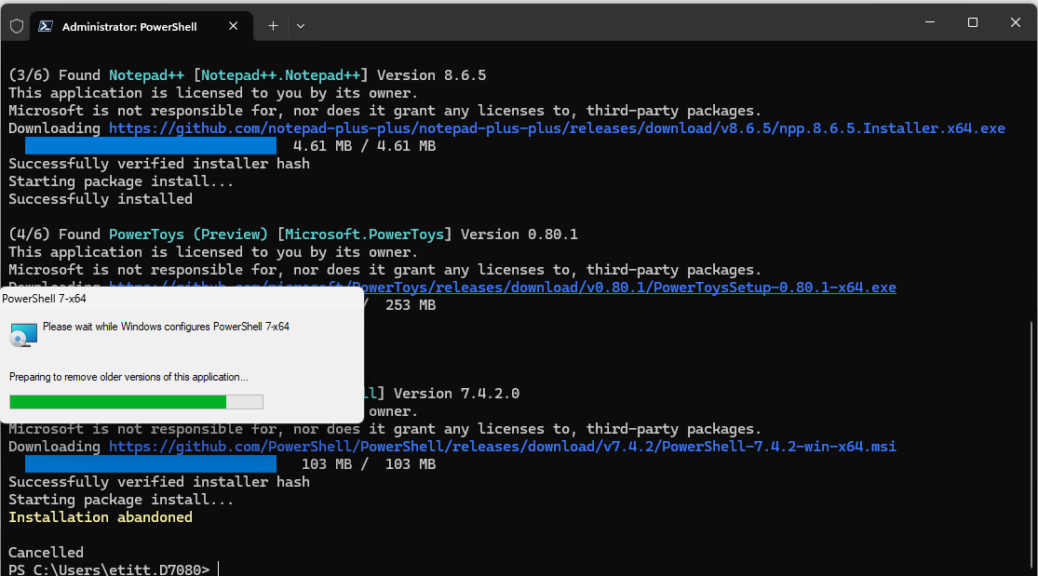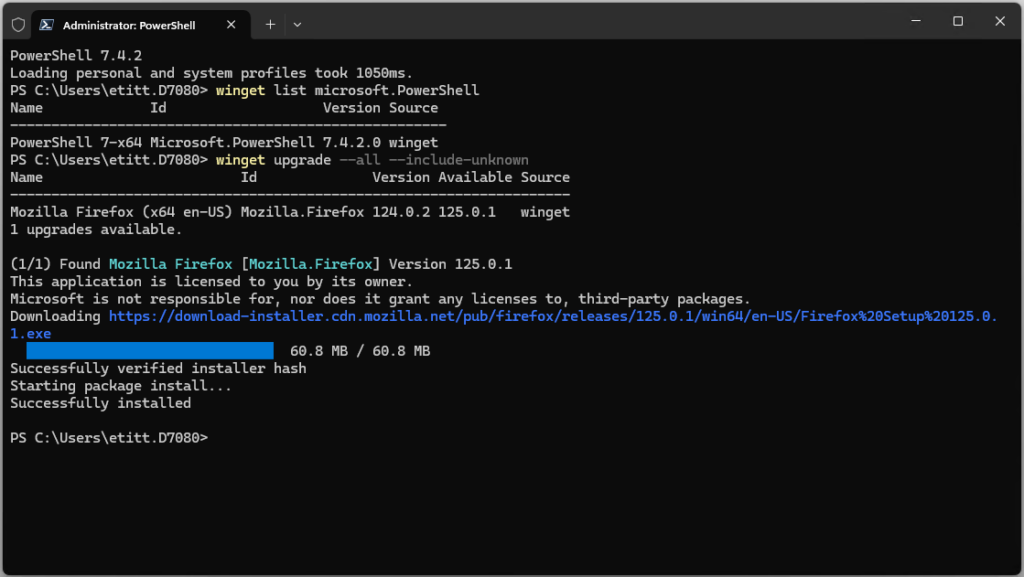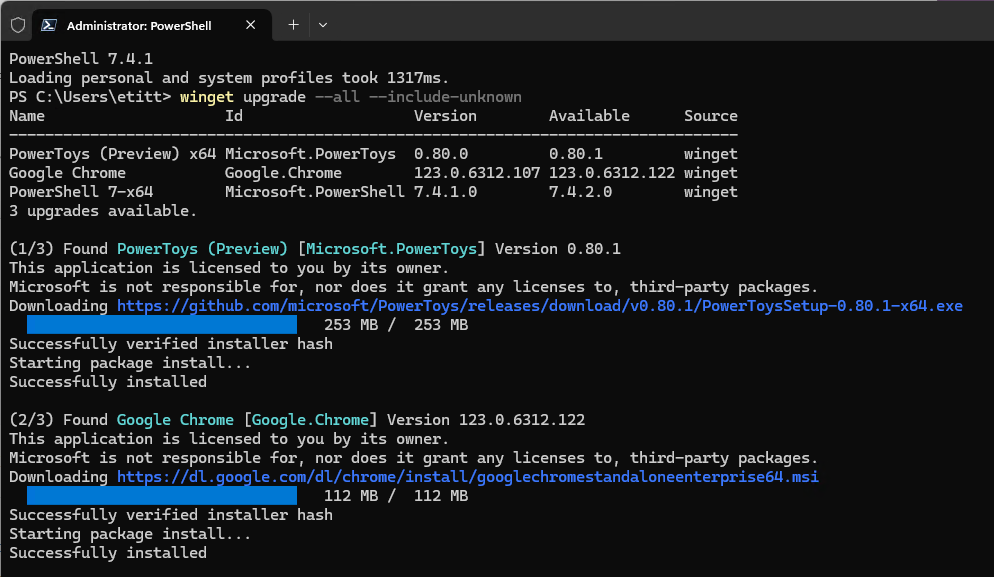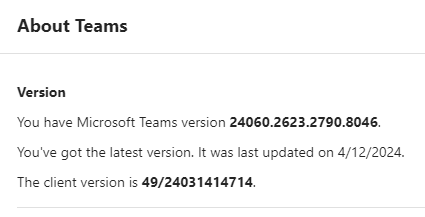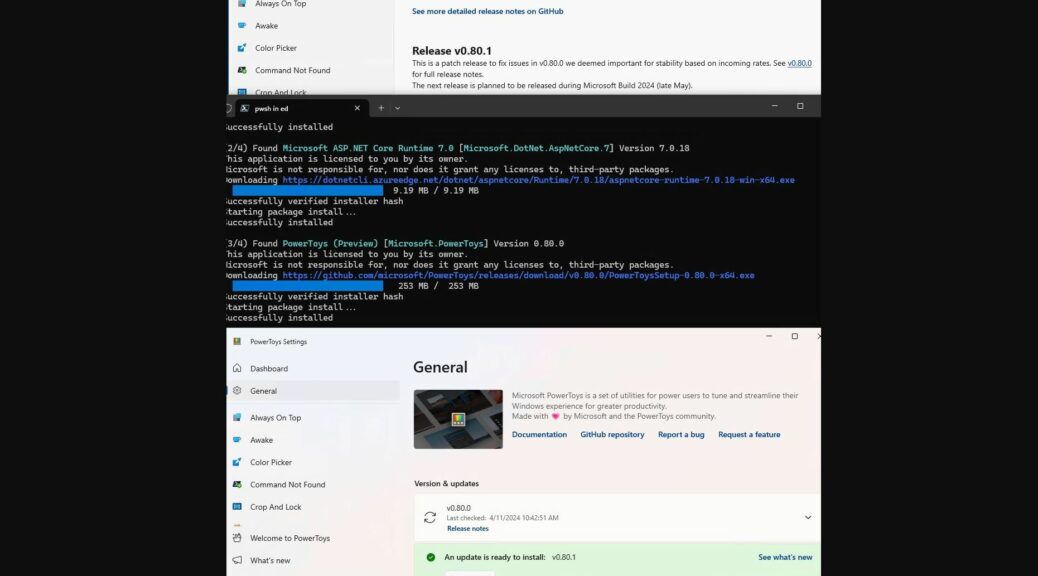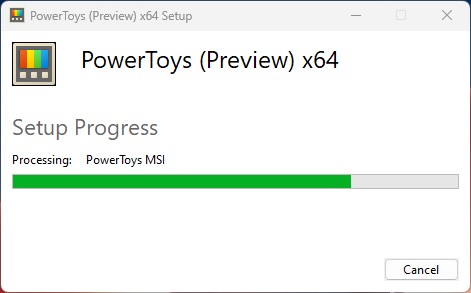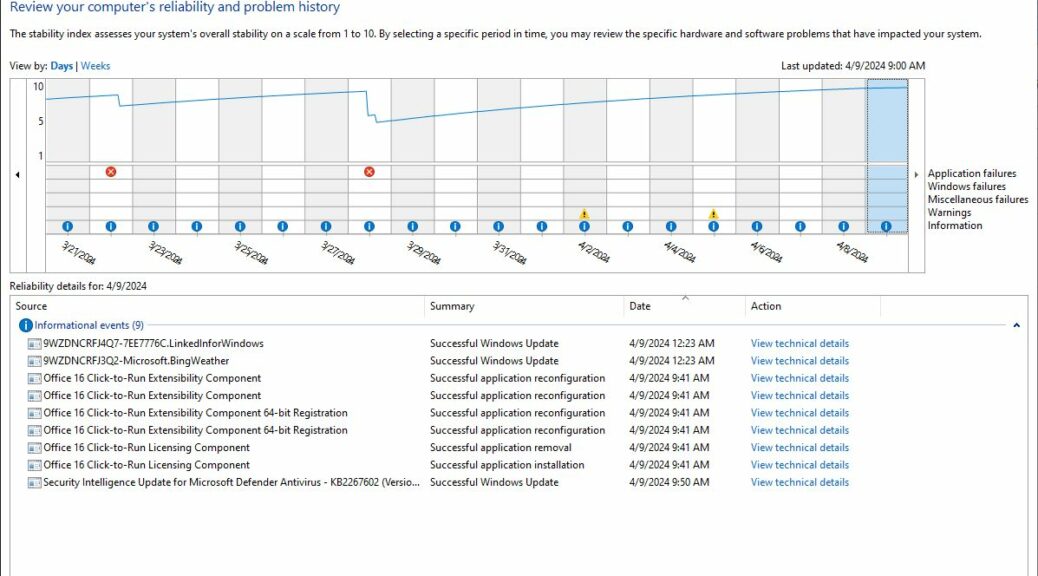OK then, I’m still working my way back into the groove after 8 days of vakay. Yesterday, I started running WinGet upgrade … on the whole fleet, to get things caught back up. I quickly noticed that WinGet wanted to update a slew of stuff, including MS Teams and MS PC Manager. But on at least a couple of test PCs, WinGet wasn’t up to those tasks. I quickly remembered that when WinGet balks, try in-app updates often works. And indeed, it did the trick for both those items.
Remember: When WinGet Balks Try In-App Updates
Most often when I see a WinGet upgrade fail to update an app, it’s because the app is running and something inside its runtime environment won’t let go of some resource necessary to bring the update to a successful finish. Apparently, that was the case for both Teams and PC Manager yesterday, where I could see a valid version mismatch between what was running and what WinGet wanted to install.
You can see what I wound up with in the lead-in graphic after I ran the in-app update function for both programs. They show the “latest and greatest” versions for Teams (left) and Microsoft PC Manager (right) up and running. It took me a minute to recollect the right approach, but it was dead easy to implement once those neurons had fired.
If this technique works for me, it can work for you, too. Enjoy!
